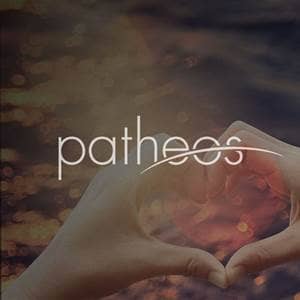 Cave paintings are a kind of ritualised art. Quite what magic was intended is a matter of debate, but that the purpose was magic and ritual was pretty much assumed by 20th century paleoanthropologists. The famous archaeologist Henri Breuil proposed that they were a kind of sympathetic magic.
Cave paintings are a kind of ritualised art. Quite what magic was intended is a matter of debate, but that the purpose was magic and ritual was pretty much assumed by 20th century paleoanthropologists. The famous archaeologist Henri Breuil proposed that they were a kind of sympathetic magic.
Twaddle, according to Dale Guther, author of The Nature of Paleolithic Art.
According to Guthrie, paleolithic art probably has more in common with schoolboy graffiti than religious art as we understand it. Pascal Boyer explains:
Parietal art is, overwhelmingly, about big mammals and big women … Who would draw obsessively about these limited themes? Whose mental life is teeming with fantasies of plump women and dangerous pursuits? The themes of parietal art suggest that most artists were young men, in feverish pursuit of both girls and game, young men who would derive some vicarious pleasure from depicting in lavish detail what could be experienced all too rarely in the flesh. This would seem to reduce a lot of rock art to the level of common graffiti.
And here’s what Guthrie has to say:
For me, to recognize that so many of the preserved Paleolithic images were done casually, by both sexes and all age-groups, more often than not by youngsters, who even left their tracks under renditions of wounded bulls and swollen vulvas, in no way makes Paleolithic sites less hallowed. The possibility that adolescent giggles and snickers may have echoed in dark cave passages as often as the rhythm of a shaman’s chant demeans neither artists nor art.
So why have so many paleo-anthropologists, never mind the rest of us, got it so wrong for so long? Boyer argues that it’s because religion is so much a part of our lives, we just find it hard to get our heads round the idea that religion as we know it simply didn’t exist in the palaeolithic (indeed, one argument has it that it was the neolithic invention of organised religion that precipitated civilisation)
It seems to me that many people are really committed to the existence of “religion”, as the integrated package of metaphysics, morality and coalitional dynamics that we are familiar with in large historical, state-based societies. No matter that most anthropologists have repeated at great length, that there is no such thing in most societies – many people just want to see the other as religious.
… “religions”, with doctrine, corporate identity, brand of services, etc., certainly did not exist before large state societies. There is therefore no point in looking for the Pleistocene origins of salvation doctrines or religious intolerance. There is no origin of “religion” in that sense. There may be evolutionary underpinings to thoughts about non-existent agents, or to the compulsion to engage in ritualized behavior, but these are found in many forms of human experience that have nothing to do with gods, spirits and ancestors.
This simple point, altogether banal in cultural anthropology, seems almost impossible to convey to a larger audience. To a degree, a belief in “religion” seems convenient both to members of modern religious guilds, for obvious reasons, but also to the Dennetts and Dawkinses of recent fame.
The background to this is Boyer’s argument that there really is no such thing as religion (see his 2008 paper, Evolutionary Perspectives on Religion). In the same way that the term ‘tree’ is a prescientific category that does not hold up to scientific scrutiny, so ‘religion’ is a culturally specific idea that breaks down when you try to project it onto different times and places.














